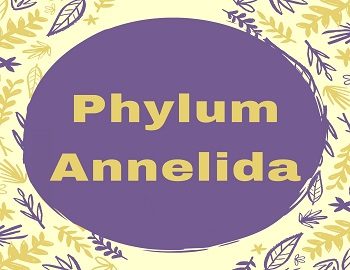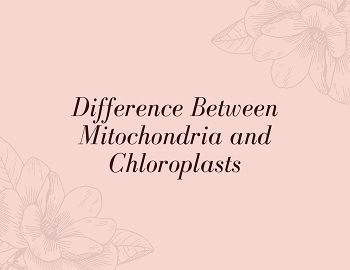Table of Contents
Phylum Annelida:
- The Phylum Annelida was created by Lamarck in 1801.
- It is a phylum of triploblastic, coelomates worms which have bilateral symmetry and metameric segmentation, a preoral prostomium and a post-anal pygidium.
Characteristics of Phylum Annelida:
- The Phylum Annelida contains both free-living and parasitic segmented worms. The free-living forms occur in moist soil, freshwater, brackish water and sea.
- The body is externally divided into segments called metameres or somites by ring-like grooves called annuli, so-called ringworms or segmented worms.
- Organ system level of body organisation and tube-within-a-tube body plan.
- The organs of locomotion are segmented arranged paired setae (oligochaetes) and parapodia (polychaetes).
- The alimentary canal is straight from mouth to anus. Digestion is extracellular.
- These are the first animals to have a generally closed circulatory system. The Colour of blood is red due to the presence of erythrocruorin in plasma. In leeches, there is no true blood vascular system.
- Excretory organs are commonly nephridia. Parapodia and botryoidal tissue also take part in excretion. Excretory product is ammonia in aquatic forms and urea in terrestrial forms.
- The nervous system consists of a dorsal brain and double ventral nerve cord with ganglia and nerves in each segment.
- Sense Organs- These are photoreceptors, chemoreceptors, tactile receptors, gustatory and olfactory receptors.
- Asexual reproduction occurs in some annelids through fission and budding. Regeneration is quite common in earthworm and Nereis.
- Animals may be unisexual (example- Nereis) or hermaphrodite (example- Earthworm, Leech). Fertilization is often external. Females are oviparous.
- Development is direct in hermaphroditic annelids or indirect in unisexual annelids and includes a free-swimming trochophore larva. Cleavage is holoblastic spiral and determinate.
Examples- Nereis, Aphrodite (sea mouse), Pheretima Posthuma (earthworm), Tubifex (blood worm), Chaetopterus (paddle worm), Hirudinaria (leech) etc.
Classification of Annelida:
| Oligochaeta | Polychaeta | Hirudines |
|---|---|---|
| Freshwater or terrestrial. | Exclusively marine. | Marine, freshwater or terrestrial. |
| Parapodia Absent. | Parapodia present. | Parapodia Absent. |
| Setae embedded in the skin. | Setae born on parapodia. | Setae are Absent. |
| The body cavity is coelom. | The body cavity is coelom. | Coelom reduced, body cavity filled with botryoidal tissue. |
| Suckers absent. | Suckers absent. | Suckers present. |
| Development direct without larval stage, occurs inside cocoon. | Development indirect with trochophore larva. | Development direct. |









Comments (No)